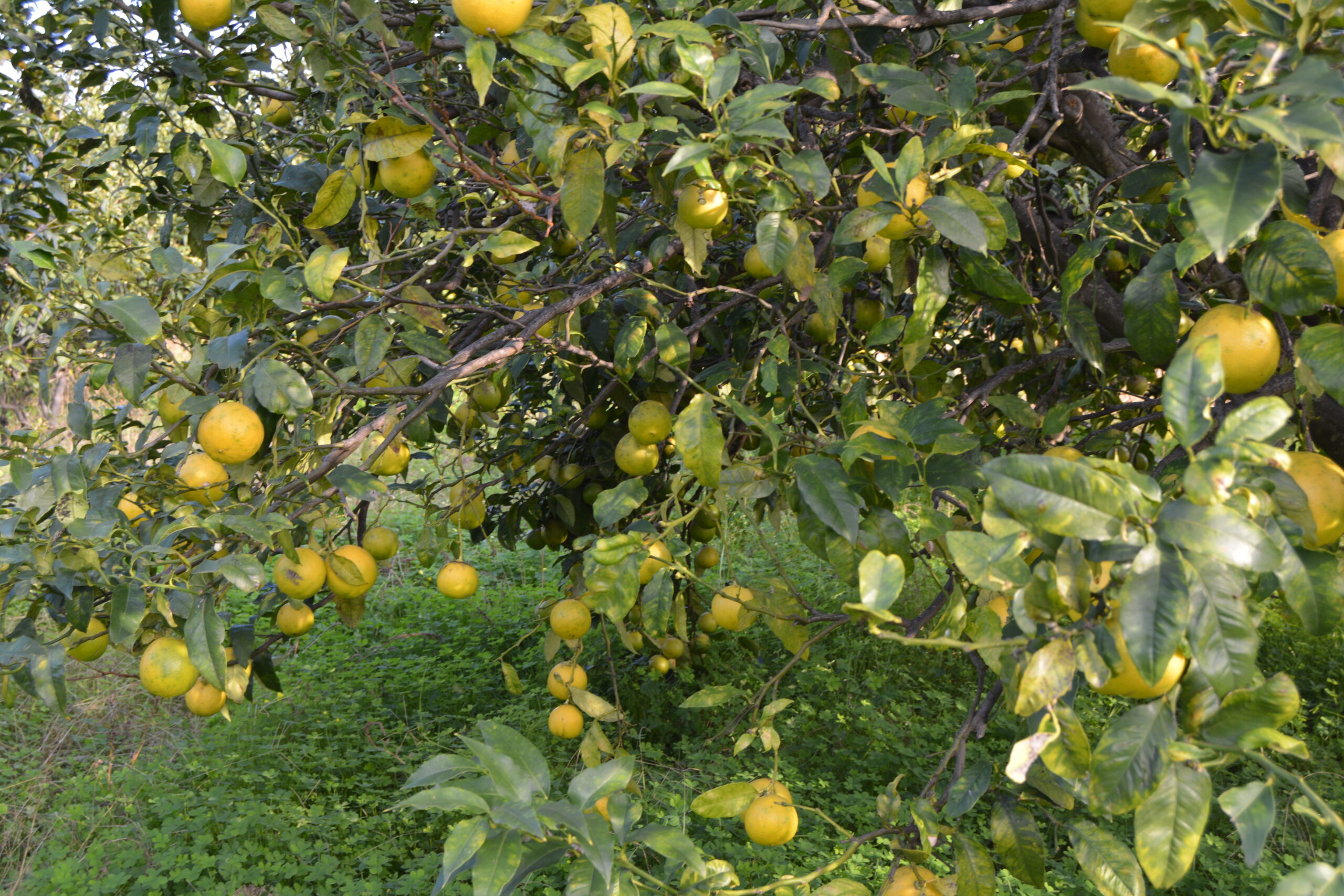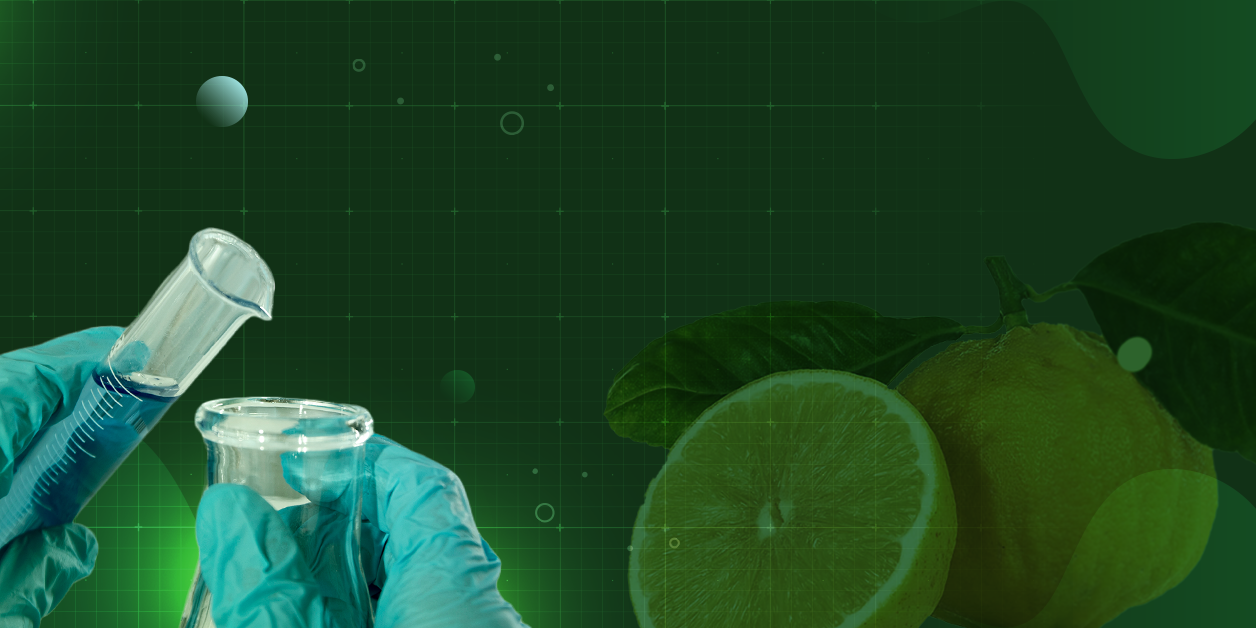Bergamot or Cytrus Bergamia is a precious citrus which emits a particular scent and whose presence in Calabria dates back to the 17th century. In this region, the climatic conditions allow an elective production of the factory that supplies essential oil that is mainly exported and used in perfumery, especially in France. The use of the fruit is varied, this article will deal with the beneficial effects of bergamot in the medical area.

Usage in the medical field.
Regarding the use of bergamot in medicine, it is necessary to go back to the 18th century for the observations made by Dr. Francesco Calabrò about the disinfectant properties of his essence in wounds. It has been used to gently disinfect the oral cavity and facial areas affected by pustules and to normalize oily skin too rich in sebum. In addition, the bergamot, thanks to its pleasant scent, is used for the general antisepsis of the body and of houses, hospitals and meeting rooms…(Riva, 1988).
Of great pharmacological importance are the active ingredients of a furocoumarin nature, called bergapten, present in a considerable percentage of the essential oil of bergamot (Calvarano et al., 1979). One of the latest research on these (a study published by G. Tarro, I. Saladino, R. Saladino, F. Saladino, “Effect of Bergarital on virus replication”, 1998) has highlighted its antiviral capabilities.
In summary, Bergarital in an alcoholic solution of bergamot distillate, at different dilutions, prevents the synthesis of infectious virus (herpes simplex virus type 1) and delays the cytopathic effect in HEp-2″, when it is added to the culture medium at least ½ h before infection and then left there for the duration of the experiment. The synthesis of complement fixative antigens, determined with various anti-herpetic serums, was not inhibited by bergarital in the same manner as that demonstrated with 1-methylisoxane 3-thiossemicarbazone. These results would indicate an inhibition of the normal function of the messenger RNA transcribed from the new viral DNA while pursuing virus protein synthesis and cytopathic effect.
The antiviral activity of different molecules has already been described in relation to viruses and in recent times, several authors have demonstrated its in vivo activity in particular against the AIDS virus (HIV) and liver viruses (HBV, HCV) and studied its effects in correlation with the viral infection.
Acyclovir and metisazone (IBT) were found to be active against the herpes virus and poxvirus, respectively. The various concentrations of Bergarital in an alcoholic solution of bergamot distillate free of Bergaptene have been studied for their effect on cell cultures before and after infection with different viruses. If bergarital was added afterwards, the inhibition of the virus decreased until it completely ceased once viral replication began. The mechanism of action took into account that for the vaccine virus, viral DNA is synthesized in the presence of IBT (Magee and Bach 1962). That immature viral particles are present in the cells treated with this substance (Easterbrook 1962) which does not inhibit the uncoating of the infecting virus nor the induction of the synthesis of early enzymes.
However, the viral DNA produced was not covered with viral proteins and did not show up in mature particles, which suggested that IBTs interfered with the synthesis of structural viral proteins (Woodson & Joklik, 1965).
There is an epidemic of sheep called “blue tongue” which harvests several victims and mowed entire flocks on the territory of Calabria. Bergamot, a particular Calabrian product, can act on two crucial points in the transmission cycle of infection. Bergamot acts initially as an antiviral and later as an anti-vector that blocks the transmission of the virus by midges inhibiting “sensory idiosyncrasy” approach these insects as they carry the virus and transmit it to the herd. At a time when the public is especially aware of environmental damage and ecological balance, the possibility of using a natural, non-toxic, antiviral and pesticide product is a unique combination of luck to respond to this epidemic, still current, and also as a deterrent to other potential epidemics sanitizing the environment itself.
The use of bergamot is thus indicated in the case of the “blue tongue”, but also for new diseases due to modified environmental conditions or the presence of new factors affecting the epidemiology of already-known diseases.
The experiments described can be summed up as follows, using the molecular level interpretation expressed by Joklik (1968) for the vaccine virus in cells infected with herpes viruses in the presence of Bergerital messenger RNA is transcribed normally for about 3 h. while it is not later, realizing why the protein subunits necessary for the formation of mature virions are not formed. The importance of inhibition time is probably caused by the fact that viral messenger RNA formed after III is now transcribed from the viral genome of the newly formed virus and is sensitive to the effect of the studied inhibitors, ribosome dissociation.
The study by Rita Saladino, Francesco Saladino, Giulio Tarro and Italo Saladino (1998) investigated whether inhibition of the novel infectious herpes virus was possible by the compounds under study accompanied by the accumulation of virionic compounds measurable by complement fixation test.
It should be noted that the appearance of the cytopathic effect and its progression were influenced by Bergarital in the sense of a delay, with visible destruction of cell cultures in the control at 24 h: instead, the treated cultures showed little toxic phenomena (granulation), more pronounced for higher concentrations, and viral cytopathic effect that was completed 6-12 h later.
The activity of the inhibitors studied, largely inhibiting the formation of new infecting virus, but mostly not modifying the production of structural viral antigens, is in agreement with other observations indicating that viral DNA replication is not required for its transcription into specific messenger RNA and consequently for the production of viral proteins (Becker and Joklik, 1964; Easterbrook, 1962).
Bibliographical notes
- Becker Y. and Joklik W.K.: Proc. Natl. Acad. Sci. U.S. 51: 577, 1964.
- Calvarano I., Ferlazzo A. e Di Giacomo A. “sulla composizione cumarinica e furocumarinica dell’essenza di bergamotto”, essenza Deriv. Agrumari, 49, 12, 1979.
- Easterbrook K.B.: Virology 17:245, 1962.
- Joklik W.K.: Proceedings of the 2nd International Symposium on Medical and Applied Virology, 1968.
- Magee W.E. and Bach N.K.: Ann, New York Acad. Scl. 130: 80, 1995.
- Riva E.: L’Universo della piante medicinali. Trattato storico, botanico e farmacologico di 400 piante di tutto il mondo” Ghedina e Tassotti Editori, 1988.
- Tarro G., Saladino F., Saladino I., Saladino R.. Effect of Bergarital on virus replication, Italian Review of Medical and Surgical Researches 2/4: 85-87, 1998.
- Woodson B. and Joklik W.K.: Proc. Natl. Acad. Sci. U.S: 54:946, 1965









